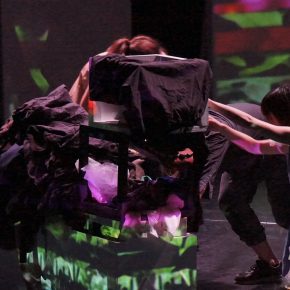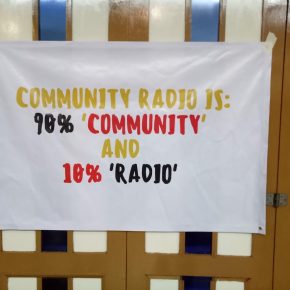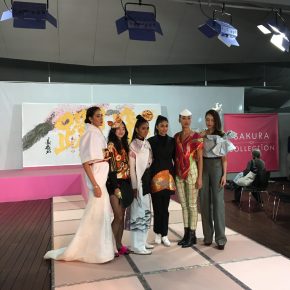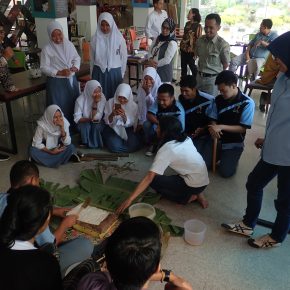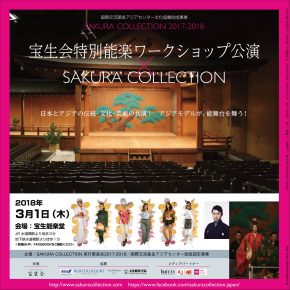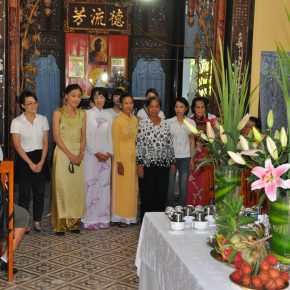A study tour was conducted as part of a project aimed at creating new beauty and community though intercultural exchange between Japan and Indonesia. Through batik, mutual learning was achieved about Japan and Indonesia’s policies, techniques, and backgrounds for traditional craftsmanship, promoting intercultural exchange to lay the foundation for new communities and creation of new work. We visited major related cities in northern and central Java, and observed batik-related facilities and workshops not open to the general public. During the visit, we saw how production was made inside the workshops, and learned the actual production methods while asking the opinions of experts, exchanging opinions with the workshop owner and local craftsmen on the current state of batik. Additionally, with participation from diverse persons including NGO staffs, overseas Japanese nationals, traditional craftsmen, experts, university staffs, and other general participants, exchange was furthered between different communities. After the tour, we held a report meeting.
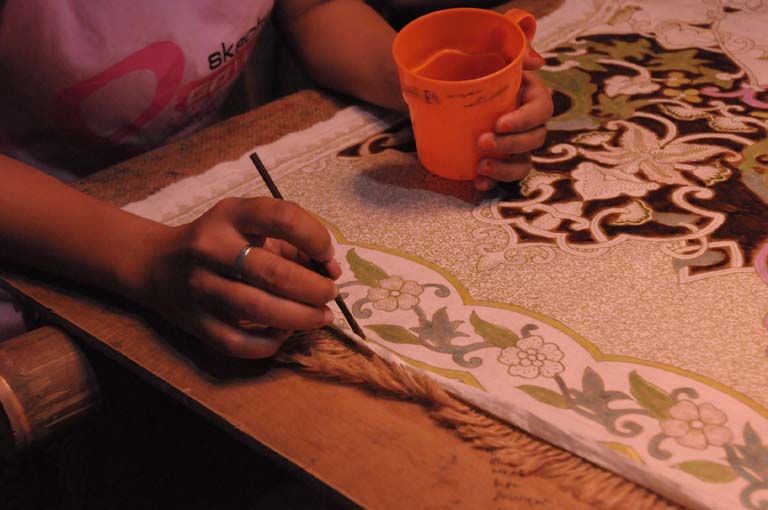
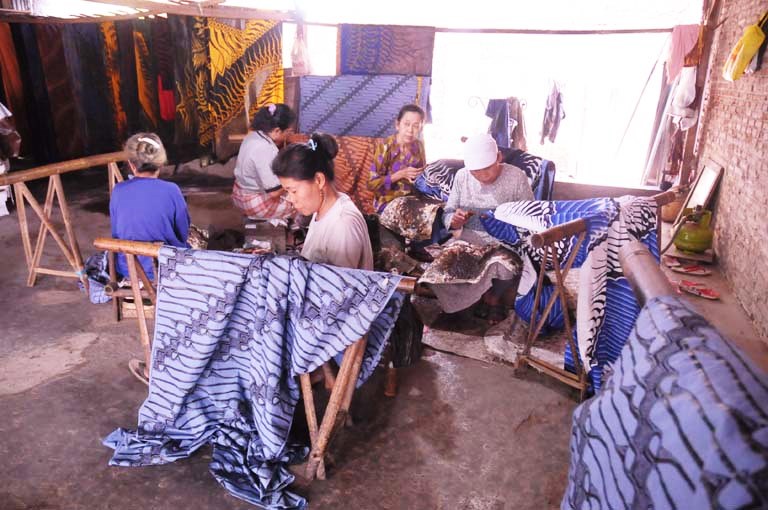
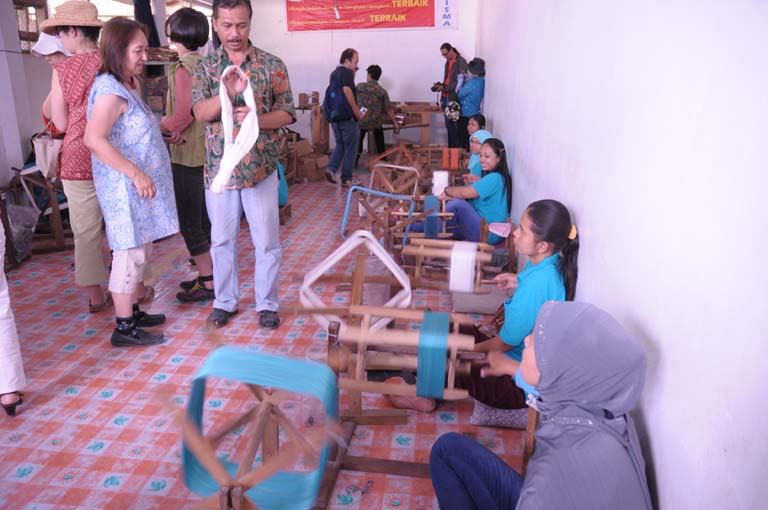
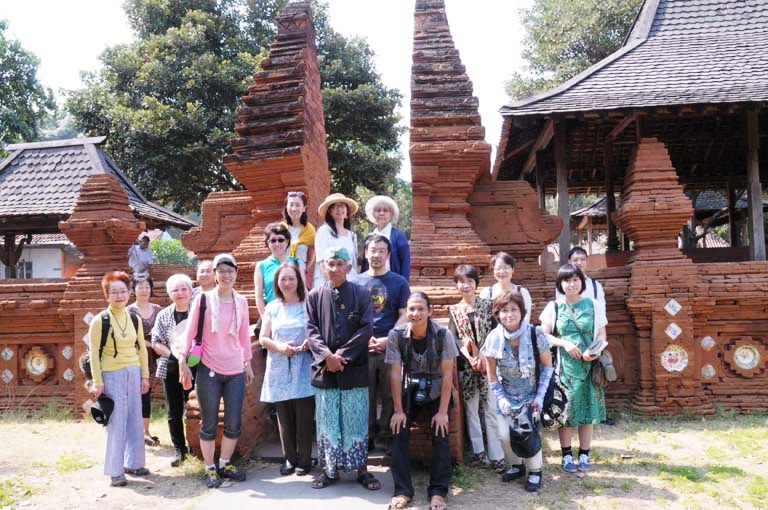
- Related Countries
- Japan, Indonesia
- Co-organizer(s), Cooperator(s)
- Yayasan Dian Desa
From the Organizer
With this project, we became certain that we had succeeded in building the foundation of a network of exchange across traditional craftsmanship between Japan and Indonesia. The reason was that after holding the tour, the participants actually started joint projects, educational programs, and business with the Indonesian workshops we visited. Also, by holding discussions at the sites we visited, we were able to visualize our future tasks. Batik is a traditional craft of applying wax beautifully that has been handed down over generations, but lively discussion emerged with such questions as “Is the technique sought by batik to apply wax with as much detail and accuracy as possible?” and “Why are things that could be printed applied by hand?” In regard to these, the answer was found that the essence of batik is the “expression of lines.” Bold lines, delicate and smooth lines... These lines differ by region, forming one of the appeals of handcrafted batik. How to pass the technique to portray the “expression of lines” on to new generations will be an important issue in the future.
